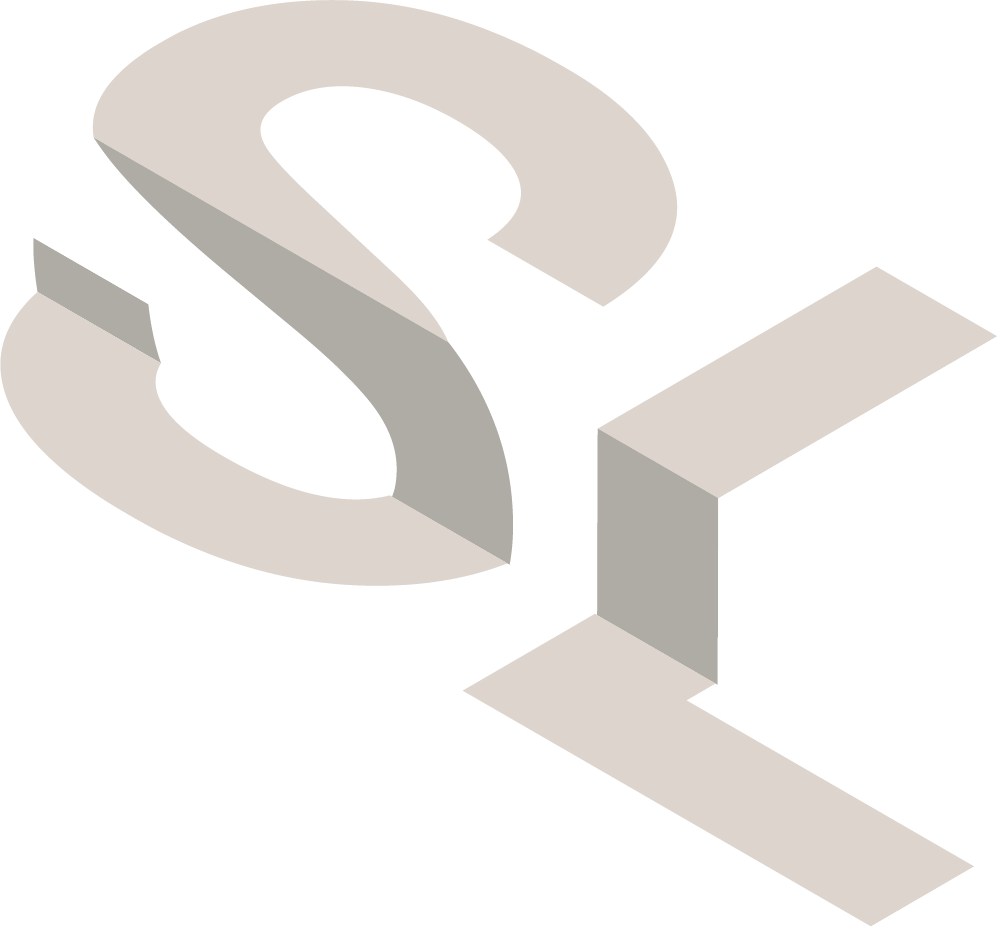Circular economy 101
If we look at nature, nothing goes to waste. It’s a living system and in a living system materials flow. Consider, for example, a plant in the woods that gets its nutrients from the soil and the sun. That plant might get eaten by an animal which lives and then dies and the nutrients return to the earth safely where a new plant can grow in the future.
We humans are of course part of this living system but we have also created another system, a linear one. This means that we take, create, and dispose of materials that go to landfill. For example, your new piece of clothing goes out of style so you buy a new one, and your phone gets obsolete so you throw the old one away and replace it with a new shiny version. In this way, we're feeding a system that cannot withstand because we don't have infinite resources. We're creating huge piles of waste that contribute to pollution, climate change, and other global challenges, like biodiversity loss. This system cannot work long-term so what should we do?
In a circular economy materials that were once created never go to waste. This can be achieved by processes like maintenance, reuse, refurbishment, remanufacture, recycling, and composting. So, for example, if you're planning to buy a new piece of clothing you can buy it second-hand. Same if you plan to buy a new phone. Also, if you take your old phone to a recycling facility it ensures that its valuable metals and parts are separated and used again contributing to the circular economy. I know that this example is a little bit simplified but I think it explains the idea.
Even though it's great to buy second-hand or borrow this when you need it, this is not a consumer problem. It's mainly an industry problem or a design problem.
So what are some ways to design for a circular economy?
Product as a service. This, could, for example, be that rather than a company selling light bulbs to a school they can sell light hours.
Co-sharing. This could be carpooling but also borrowing books from the library.
Take back programs. For example, you can return your used packaging to Lush once you've used up the product and Lush can then re-use the packaging for a new product.
Design for repairability. For example, if something breaks in your Fairphone, you can order a new part and replace the broken part with it.

